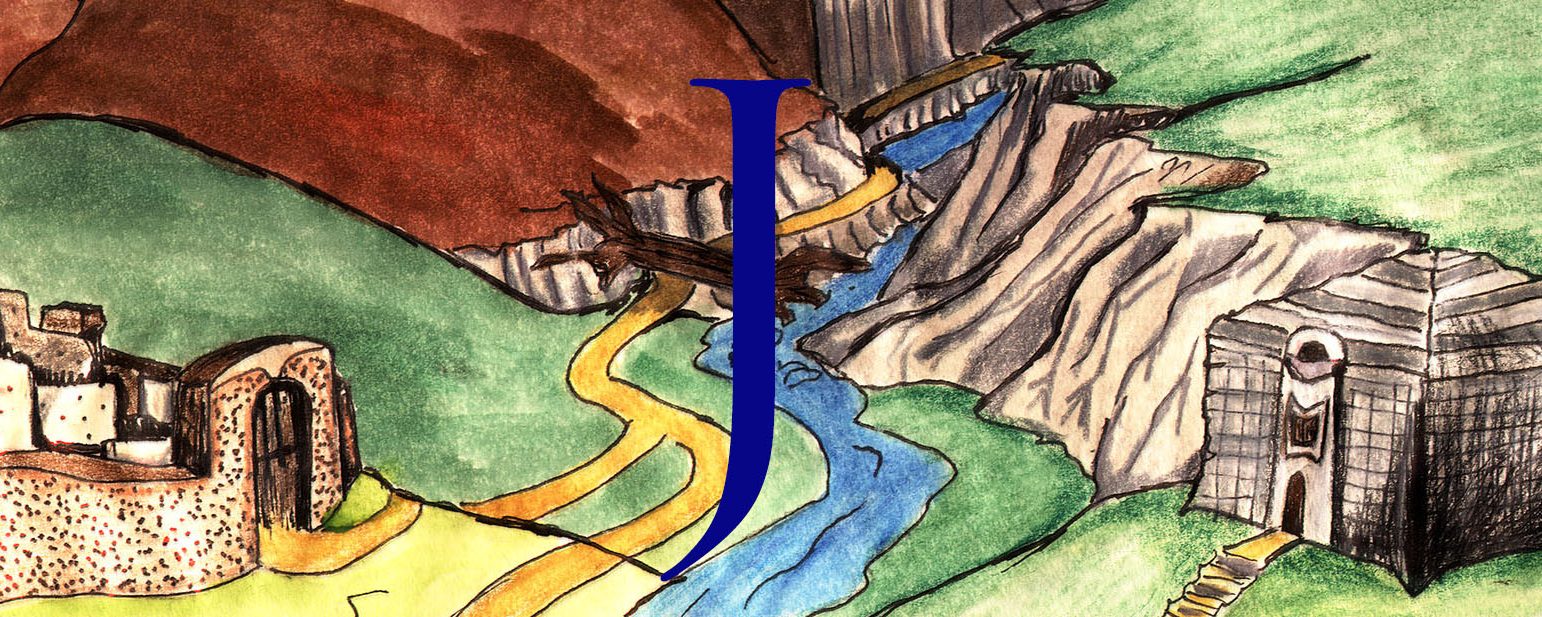Experiencing the Blue Butterfly
This is not precisely a review, but more of a personal account of experiencing this movie. Even after it arrived from Netflix, it sat on top of our television for a couple of weeks. It never quite seemed the time to watch it. Finally my wife, who is better at diving into these things than I am, said, “Let’s watch it now!” And so I braced myself, and we did.
Why was this such a struggle for me? It’s going on two years now since our son (my stepson) died of cancer after a five year struggle. He was just 17 years old. Those last five years of his life were spent off and on fighting the battle with cancer, and even more importantly, fighting the battle against those who wanted to take away his life before he actually died.
The biggest fight in cancer, we found, was against fear. Whether or not you expect a cure, you have to learn how to keep on living. Some friends, relatives, and neighbors aren’t going to be helpful in that line. They will either become disheartened very early, and want to spend the intervening time in mourning, or they may focus so heavily on finding a cure that all else fades into the background. The first group steal your joy from day to day; the second group simply can’t understand why you won’t try just anything, even if it does not present any measurable chance of helping.
Watching a movie about someone with a terminal disease, even knowing that there is a happy ending to their story, was something I found emotionally wrenching, even nearly two years after James’s death. The Blue Butterfly carries us through a short time in the life of a 10 year old who has a brain tumor and expects to die. He wants to do one last thing, and that is to catch a Blue Morpho butterfly. In the rainforest his view changes, but throughout we see the uncanny courage that often develops in young children facing death. It was well played in the movie. I could recognize it from experience. James’s attitude was similar. He wasn’t going to spend his time complaining. Not that he was not angry at some point to know that he wasn’t going to make it, but rather that he chose to make the last months of his life count and to actually enjoy them as much as possible.
It was uncanny watching the boy in the movie and recalling our experience with James. In several of the scenes in which the local people discuss the Blue Morpho butterfly and its meaning to them, you see the moments of new light in the boy’s life. I was reminded of the moment at Disney, courtesy of Make-a-Wish Foundation, as we watched the late night show and heard about the power of dreams. I recalled the time when I was driving with James. He and I didn’t discuss the serious aspects of his illness in the way we did with his mother. I knew he didn’t really want to–he discussed it as much as was necessary and then he wanted to stop. I took a moment with him as a captive audience to tell him that I was ready to listen if he wanted to talk, but that I wasn’t going to force it. “Let’s just you and I have fun,” he said.
That’s what can easily be lost as we search for cures and try this and that. Parents who become obsessed with forcing their children through every possible option can easily lose sight of the quality of the time now. The mother in the movie says that the doctors would be totally opposed to the trip to the rainforest. We didn’t find that entirely true. Most of our doctors had some understanding of the importance of morale and quality of life. James definitely understood that and he went out of his way to make sure that he did as much living as he possibly could with the time he had.
I cried through this movie. I lived through it with the writers and actors. I think the potrayal is wonderful even though parts of the time the viewing was pure agony. I’ve seen some of the complaints of reviewers, and I can’t say that my experience is everyone’s experience, but the experience of the movie was authentic for me.
Discover more from The Jevlir Caravansary
Subscribe to get the latest posts sent to your email.
